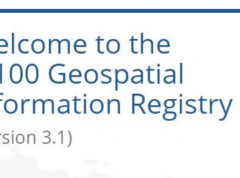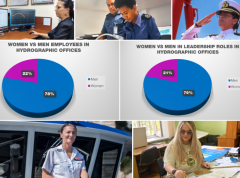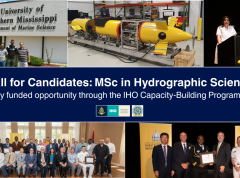Search results
There are 1105 results for “” in All
NSHC35 (2022)
35th Meeting Reykjavik, Iceland (5-6 April 2022)
Progress on Hydrographic Standards and Services
On 3 May 2021 a 3-day meeting spanning across all time zones began, with sessions starting at 01:00 in the morning for some, ending at 3:00 AM. for others, 120 participants, 29 IHO Member States from Asia, Americas, Europe, Middle-East, South Pacific, 5 NGIOS, 8 industry partners, user representatives… 12 working groups and project teams, an enlightening stakeholders’ session on the theme “Requirements and suggestions for the S-100 Implementation Decade in Navigation Systems – An industry and user perspective”, and more than 20 hydrographic existing and future standards under the spotlight, more than 70 decisions and actions to move forward - that was the 13th annual meeting of the IHO Hydrographic Services & Standards Committee chaired by M. Magnus Wallhagen, from the Swedish Maritime Authority.
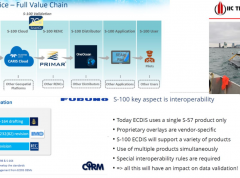
HSWG
HYDROGRAPHIC SURVEYS WORKING GROUP (HSWG)
CBSC 20 - (2022) Intersessional Meeting
17 March 2022 11h00 - 14h35 (CET UTC+1)
CBSC 22I - (2024) Intersessional Meeting
VTC 7 February 2024 11h00 - 14h30 (CET UTC+1)
MSDIWG
SAIHC MSDI Seabed2030 VTC Meeting 2nd February 2021
Lebanon joins the IHO
Lebanon has joined the International Hydrographic Organization. By becoming its 94th Member State, Lebanon will benefit from the organization’s resources and expertise in order to improve safety of navigation and contribute to the development of its maritime activities.
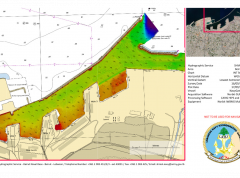
IHO Assembly sets the priorities for the next 3 years
The IHO Assembly has finished after 3 days of productive meetings. From 16 to 18 November IHO Member States were able to discuss how to move forward on work items, with the Assembly being held by videoconference.
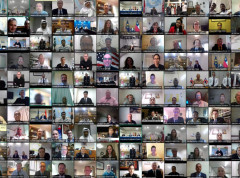
Updated IHO Geospatial Information Registry
The IHO has released an updated Geospatial Information Registry which now contains over 7000 items for the modelling of oceanic data.
